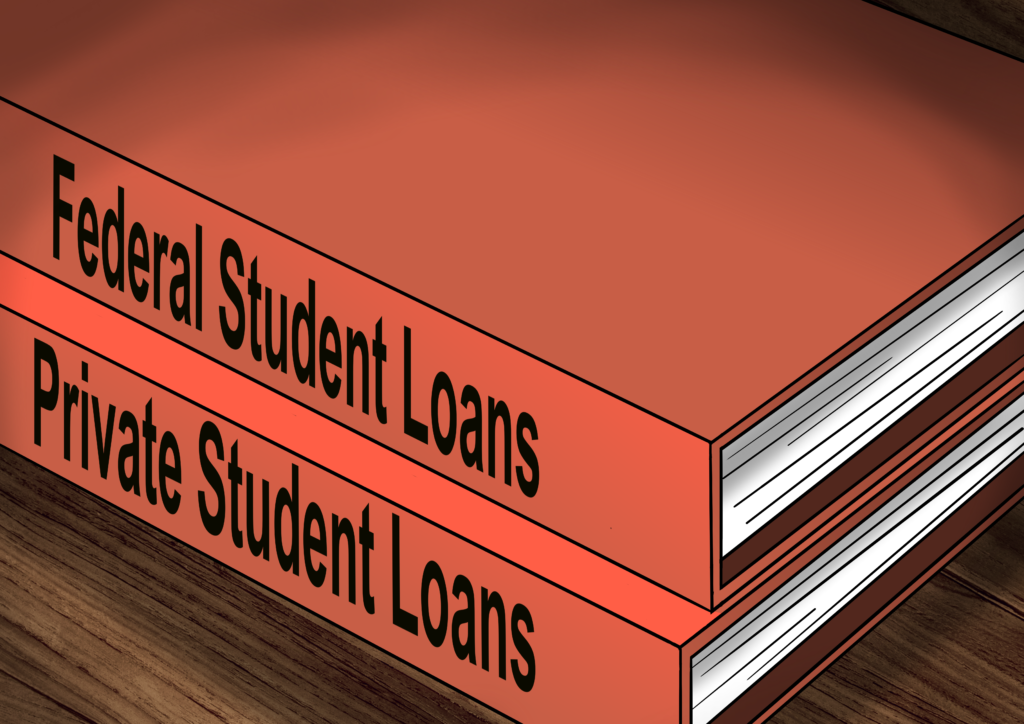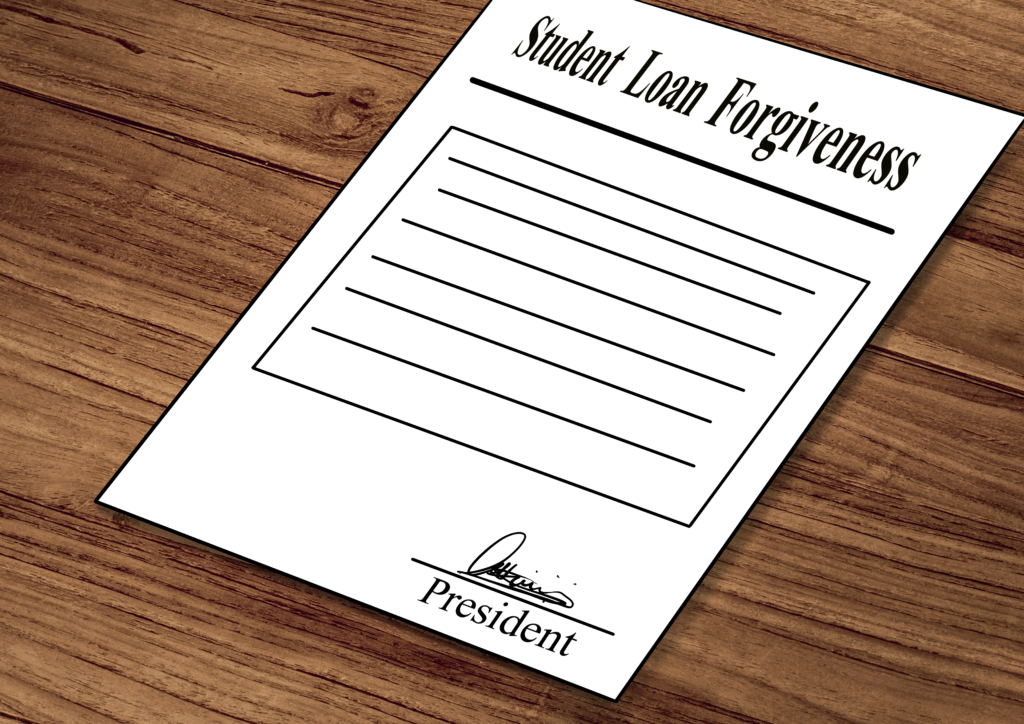Summary
“Education is the most powerful weapon which you can use to change the world.” – Nelson Mandela.
Dealing with student loan debt can be a lot. That’s why private student loan forgiveness has become a hot topic for borrowers seeking relief from their financial burdens. Understanding the options available and navigating the complexities of private student loan forgiveness can be challenging, but it’s essential for making informed decisions.
Unlike federal loan forgiveness programs, private student loan forgiveness requires a different approach. Exploring various avenues and strategies that could assist your unique situation is crucial. Whether you’re seeking information on discharge plans, government assistance, or even death discharge, we’ve got you covered.
So buckle up and embark on this journey with us as we navigate the world of private student loan forgiveness and help you find potential solutions for easing your financial burden.







